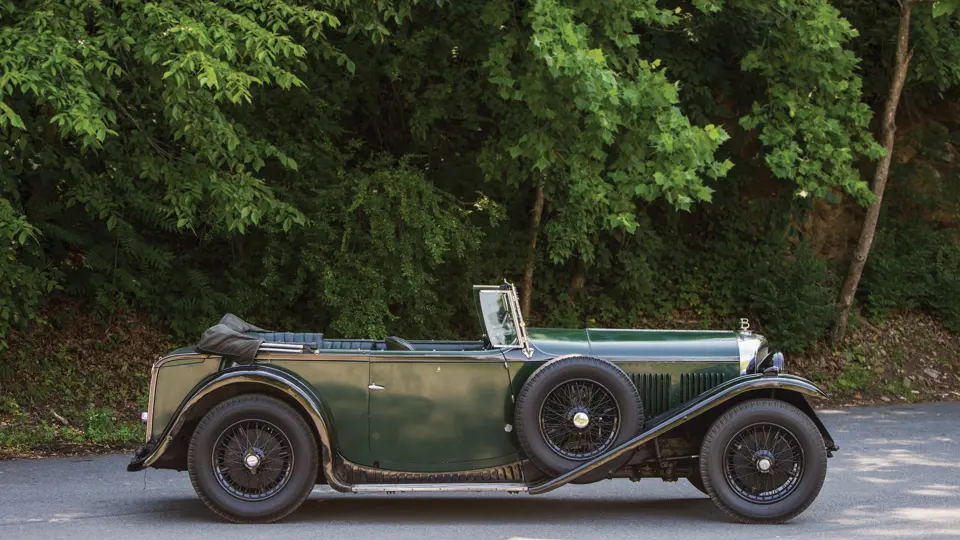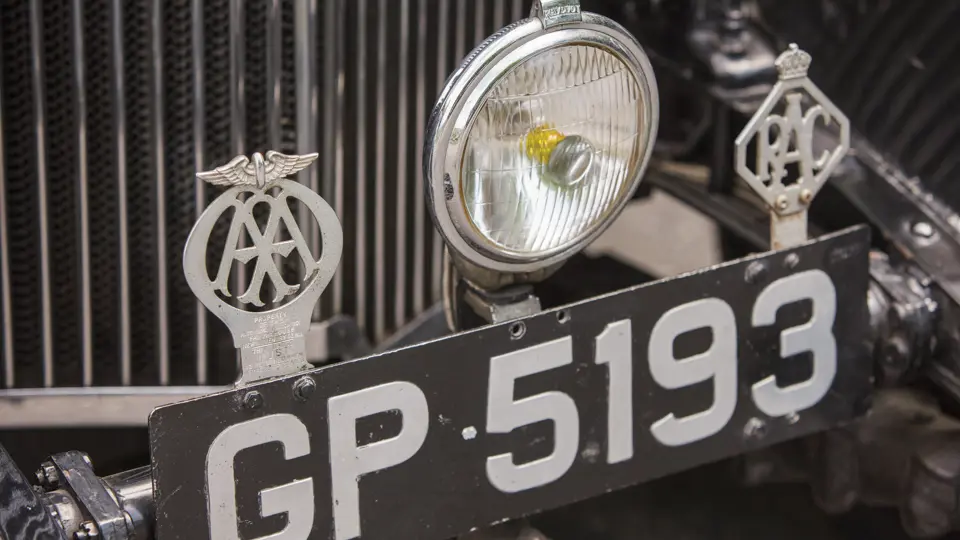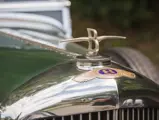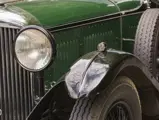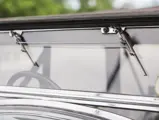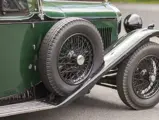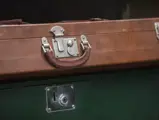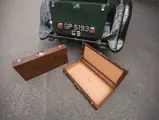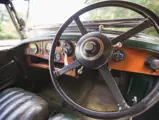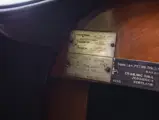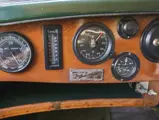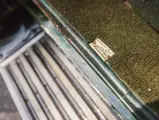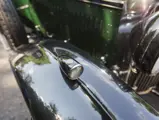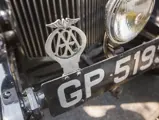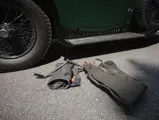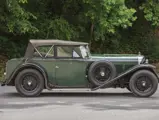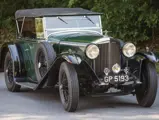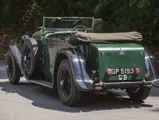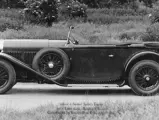
1931 Bentley 4-Litre Tourer by Vanden Plas
{{lr.item.text}}
$500,000 - $650,000 USD | Not Sold
{{bidding.lot.reserveStatusFormatted}}
- The most important and finest surviving example of a 4-Litre Bentley
- Original frame, engine, and body; never restored
- Unusually beautiful Vanden Plas coachwork
- Four long-term, conscientious caretakers since new
- Still with its original UK registration and registration book
- Documented and authenticated by marque expert Dr. Clare Hay
120 bhp, 238.9 cu. in. OHV inline six-cylinder engine with dual SU HVG 5 carburetors, four-speed F-type manual transmission with a synchromesh third gear, semi-elliptical front and rear suspension with friction shock absorbers, and four-wheel drum brakes with cable-operated rear drums. Wheelbase: 134 in.
According to the records of marque expert Dr. Clare Hay, chassis number VF4019 was the 19th 4-Litre Bentley of the 50 built. The majority of 4-Litres bore rather dull enclosed saloon bodywork; in contrast, this is one of two cars originally bodied to this striking tourer design by Vanden Plas. An update of their early tourer bodies for the 3- and 4½-Litre cars, this style is dramatic and sexy, as seen by its use by Woolf Barnato on his personal 8-Litre, to which this 4-Litre is virtually identical in all but its size.
The car was originally earmarked as a demonstrator and finished in Le Mans Green with black fenders, chassis, and moldings and green leather to match. It was supplied to The Autocar for road testing, only to have a bearing in the gearbox fail, resulting in a replacement of the gearbox with the current unit, number 8151. It was then photographed by Charles K. Bowers, Bentley Motors’ official photographer, and remained in Bentley Motors’ stock until the company entered receivership late in 1931. Handed over to London dealer Jack Olding for sale, the car was sold on January 4, 1932, to its first owner, P.A.G. Phillips, of Tunbridge Wells, heir to a prominent London cigar manufacturer, who registered it in London as GP 5193.
According to surviving Bentley chassis records, the car was regularly maintained through 1938, with a new 4.16:1 rear axle installed in September 1933. It was apparently not registered during the war years but continued in Mr. Phillips’s use; he is known to have loaned it to his squadron leader, Peter Balean, of Derby, at least once while Mr. Balean was on leave in 1941. Squadron Leader Balean was impressed enough by the automobile that it remained vivid in his memory for another 19 years, during which time he kept up contact with Mr. Phillips and the car. In June 1960, he was able to become the Bentley’s second owner, acquiring it from Mr. Phillips’s estate, where it had been regularly maintained by a chauffeur. It would remain in his care until 1989. It is fascinating that, in its first 58 years, this car had two owners who knew one another and were passionate enthusiasts and aviators in the service of their country. (Note the rare accessory altimeter, ideal for a pilot’s automobile!)
In Squadron Leader Balean’s ownership, the gearbox and transmission were found to be “perfect,” and the engine was rebuilt with a very lightly ground and balanced crankshaft and the fitting of .0030 oversize pistons. “Brakes and cornering are well up to modern standards,” he noted in a fascinating 1963 Sporting Motorist article, which is on file. “The bodywork has no irritating rattles, the doors close beautifully, and the Tecalemit chassis lubrication is a joy. With 120 bhp, it is a really delightful car to drive.” Being a pilot, like the original owner, he knew what he was talking about!
The car passed from Squadron Leader Balean to Ronald Gray, of Germany and Florida, from whom its present U.S.-based consignor acquired it some 15 years ago. It was subjected to a full service by noted restorer and preservationist Steve Babinsky about six years ago, with further freshening before the car’s appearance at the Pebble Beach Concours d’Elegance last year. The owner describes it as “a really well-mannered vintage Bentley that performs perfectly. It is just a wonderful thing.”
The Bentley remains exceedingly original, including its original frame, engine, and body, of course, as well as what is believed to even be its original paint (or a half-century-old lacquer repaint) and the original interior, down to the carpets. The top goes up properly, and the complete side curtains fit well, as does the tonneau cover. A full set of fitted luggage occupies the trunk, and the car is offered with a tool roll and a large history file. All under-hood finishes appear original and correct. In her own inspection of the car at Pebble Beach, Dr. Hay noted, “In general terms, I would say that this is about the most original and correct vintage Bentley that I’ve ever seen.”
With only a dozen of these 4-Litres thought to still exist, this particular car stands out, by virtue of its purity, originality, history, and stunning open coachwork, as not only the most significant survivor but also the most significant ever built. For any Bentley enthusiast who is interested in owning the entire line of “W.O.” models, this car represents an extraordinary opportunity to acquire the very, very best—an opportunity that, given this 4-Litre’s four owners since new, seems unlikely to come around again.




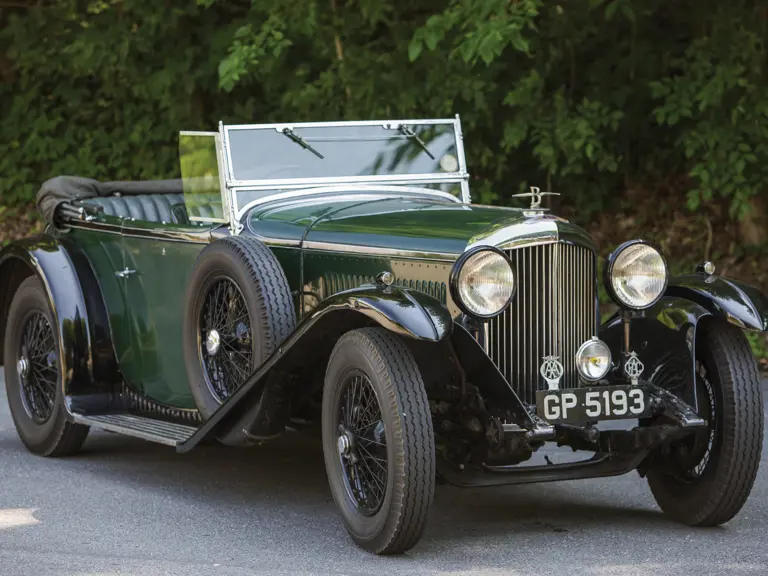
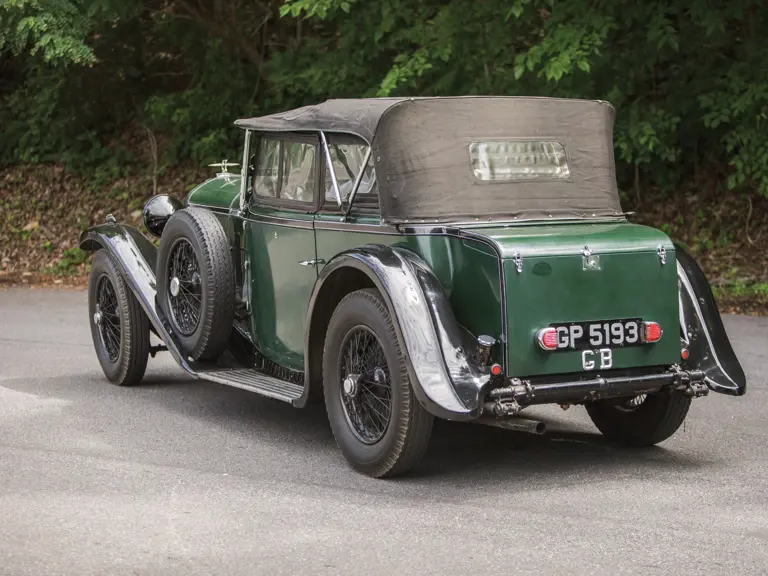
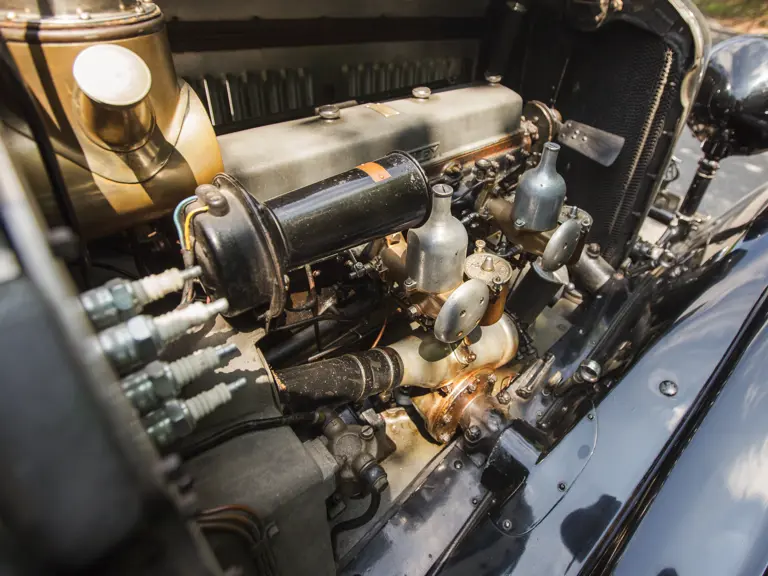

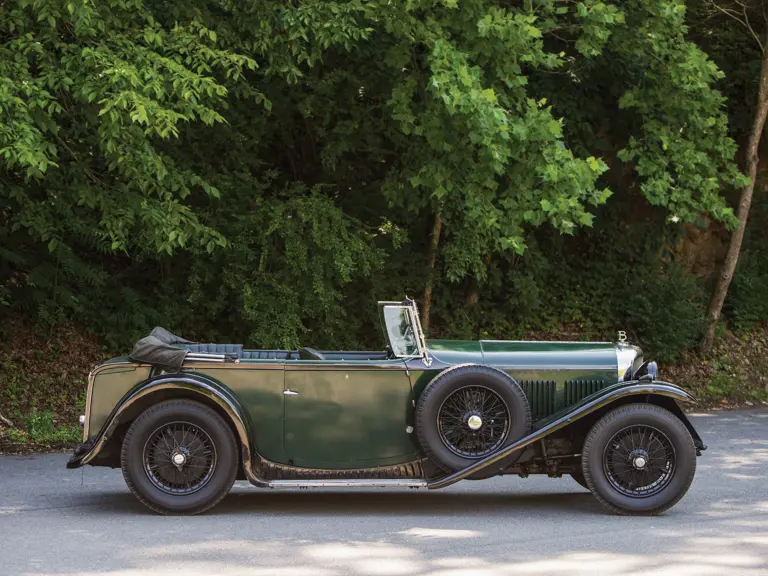
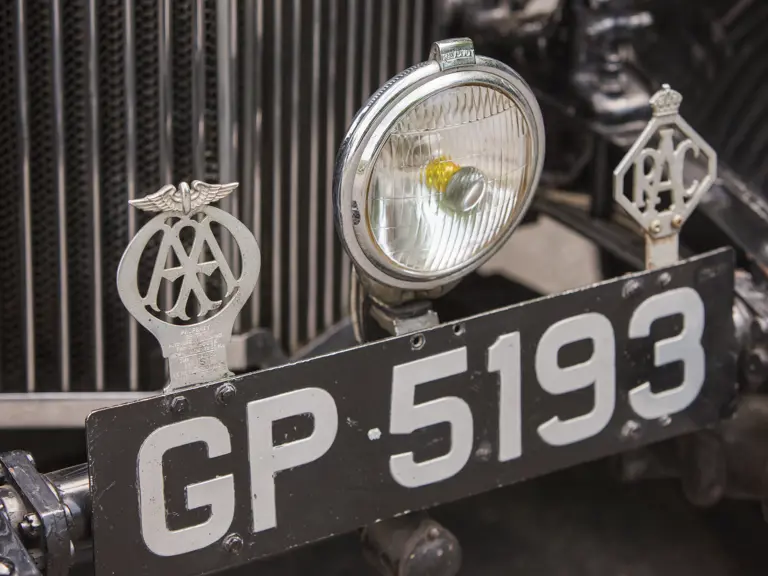

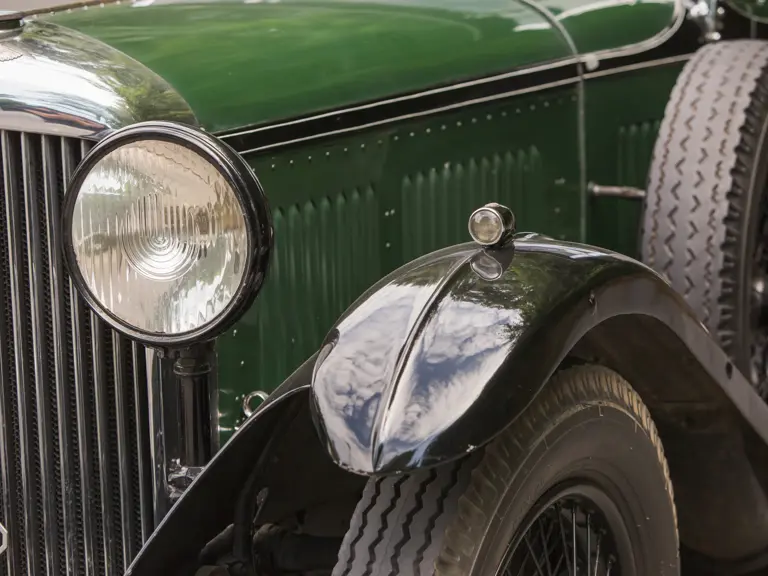
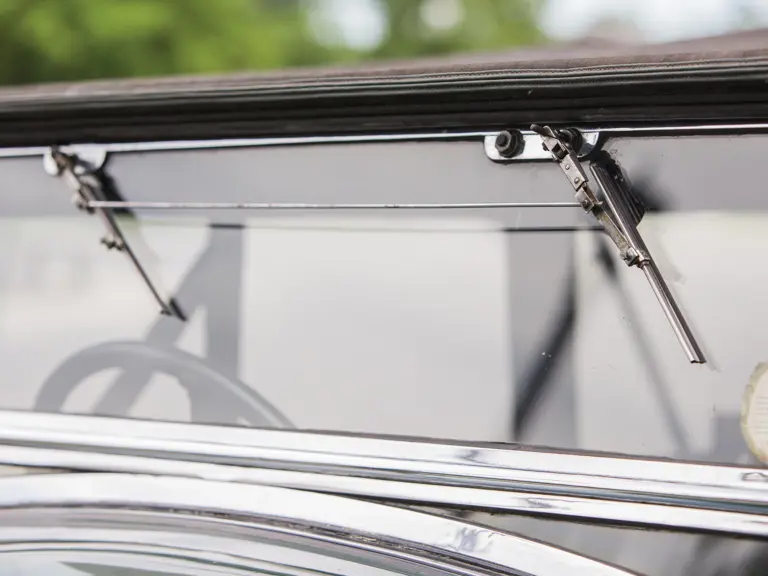
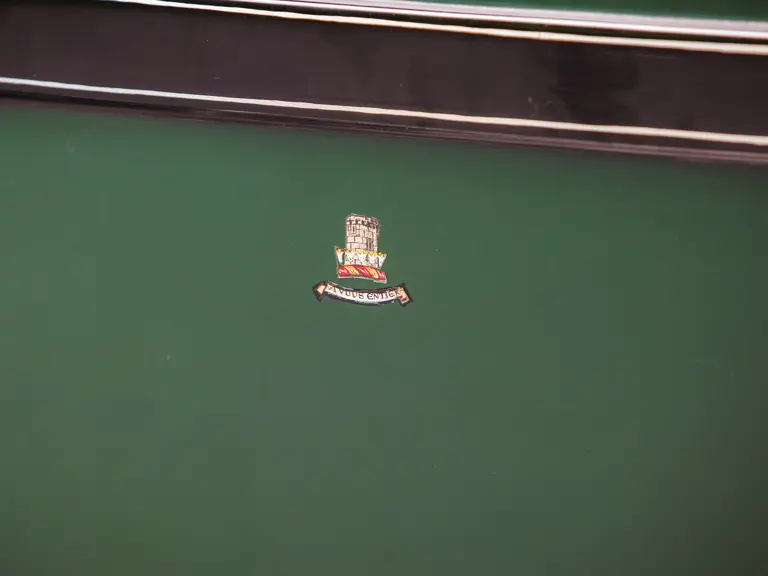

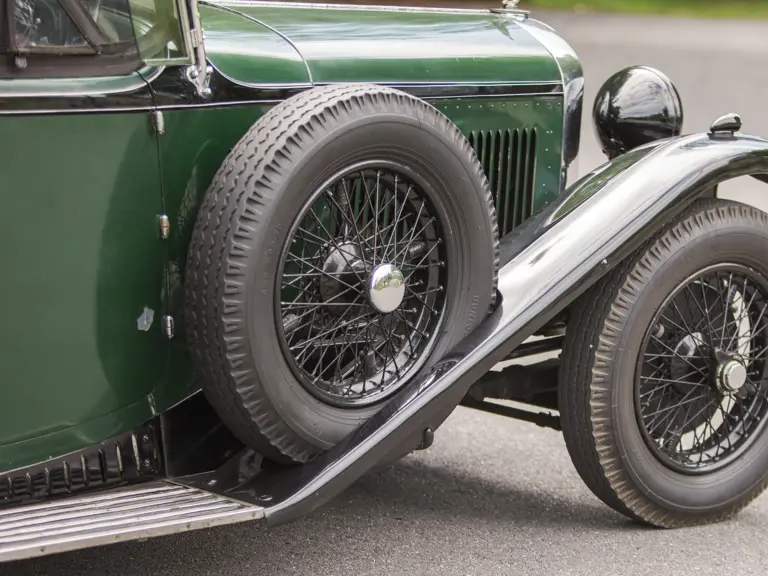
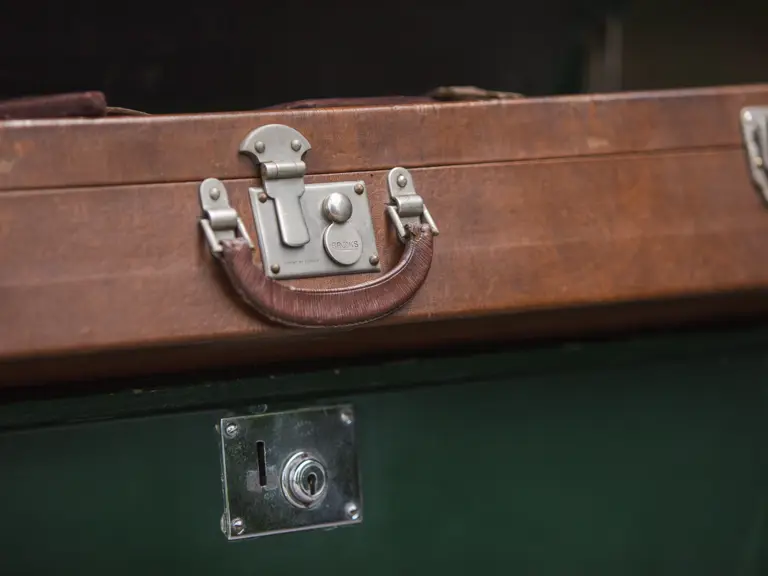
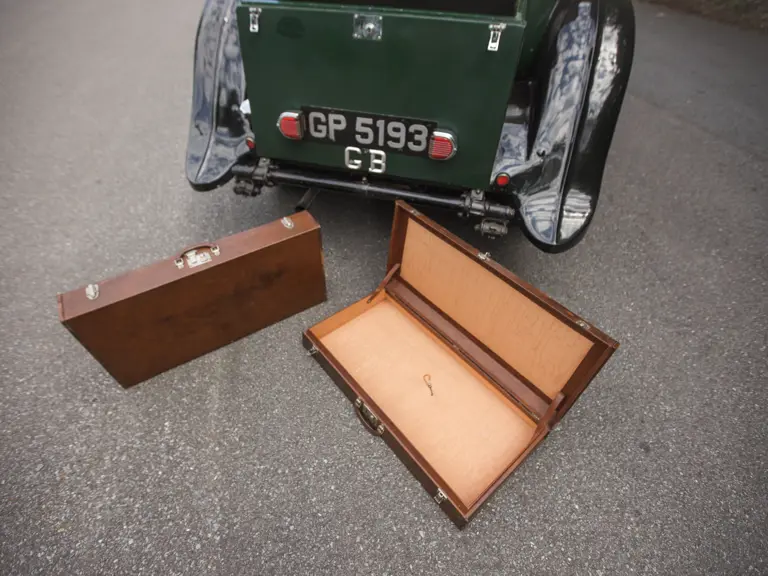
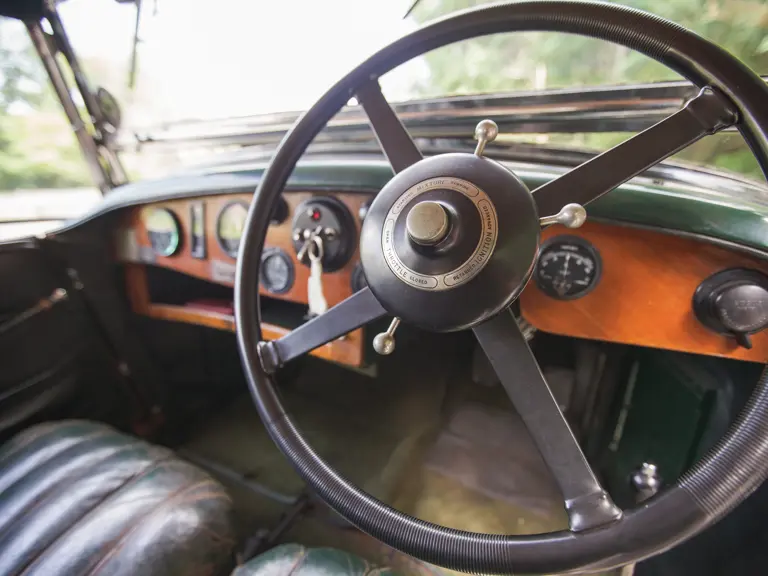
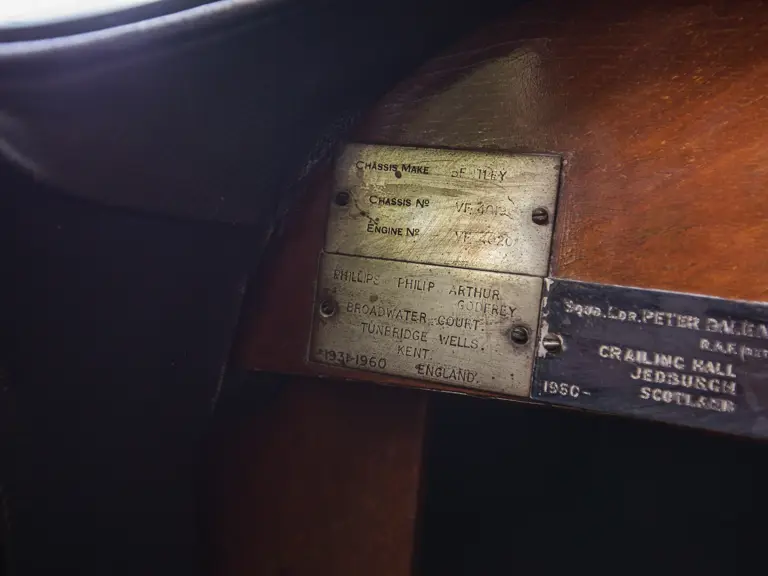
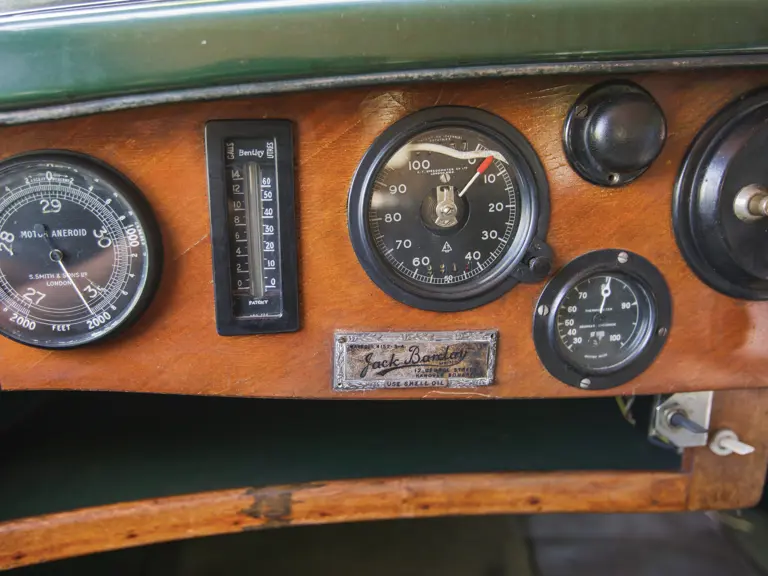
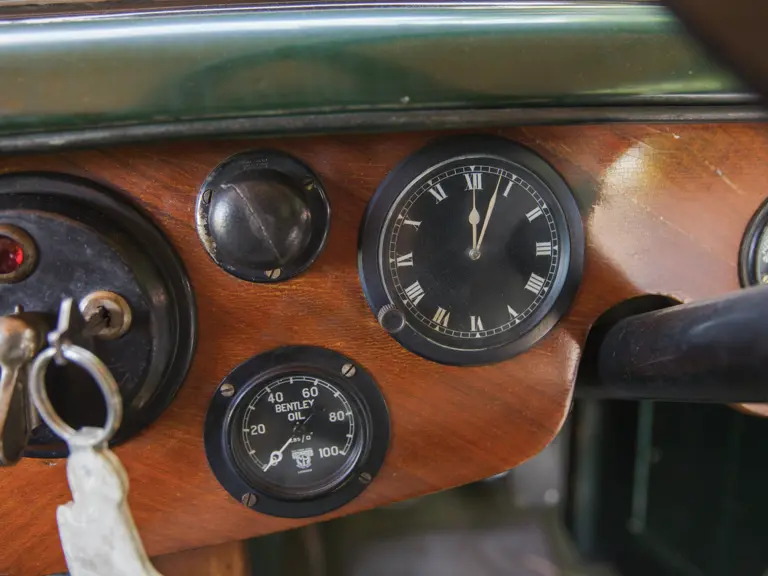
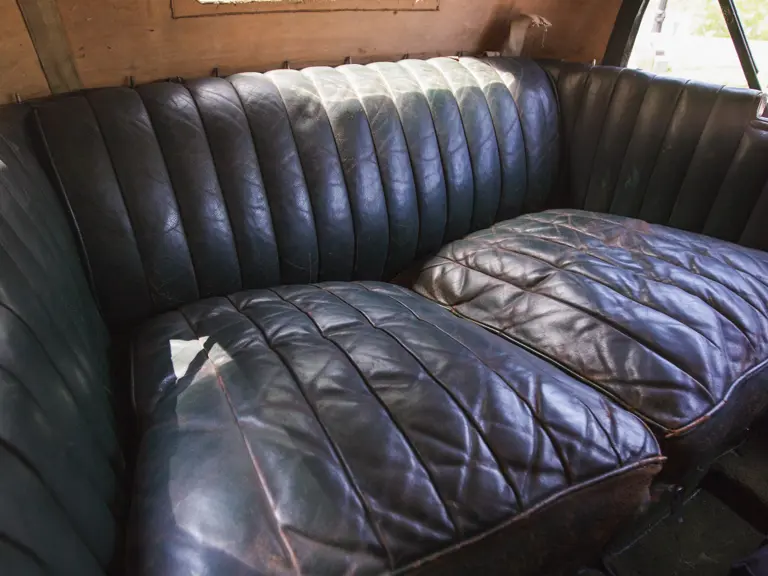
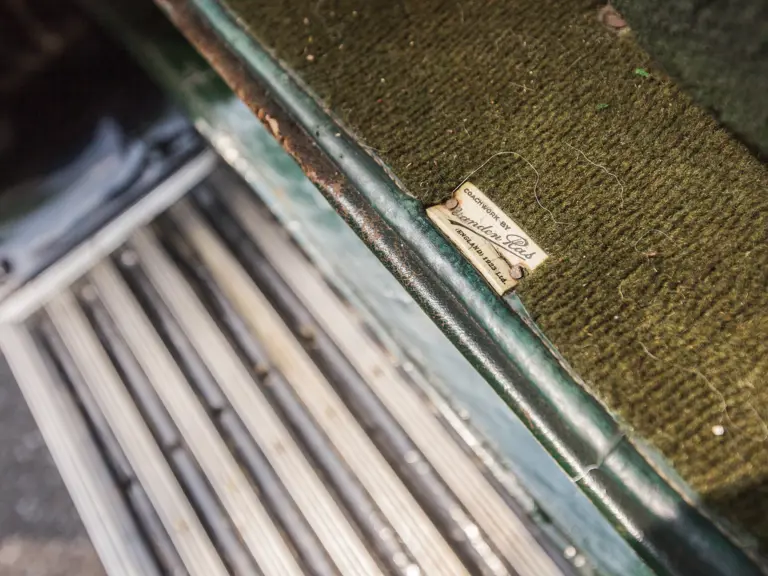
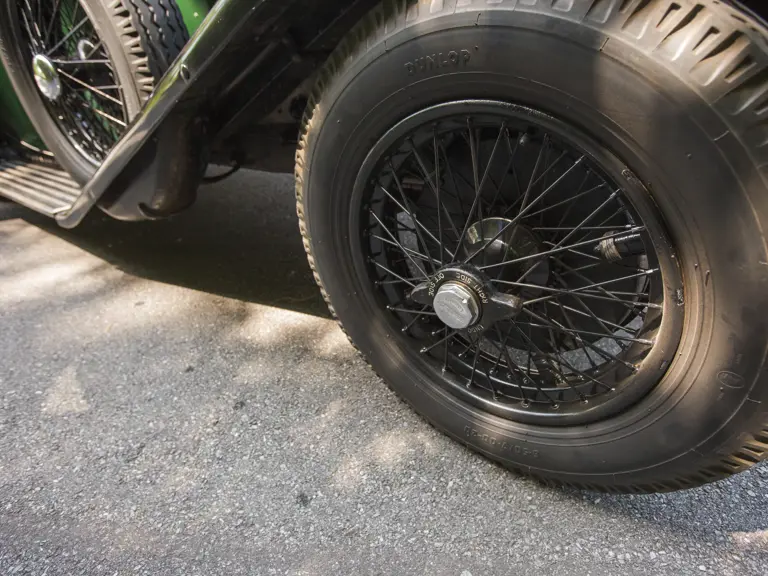
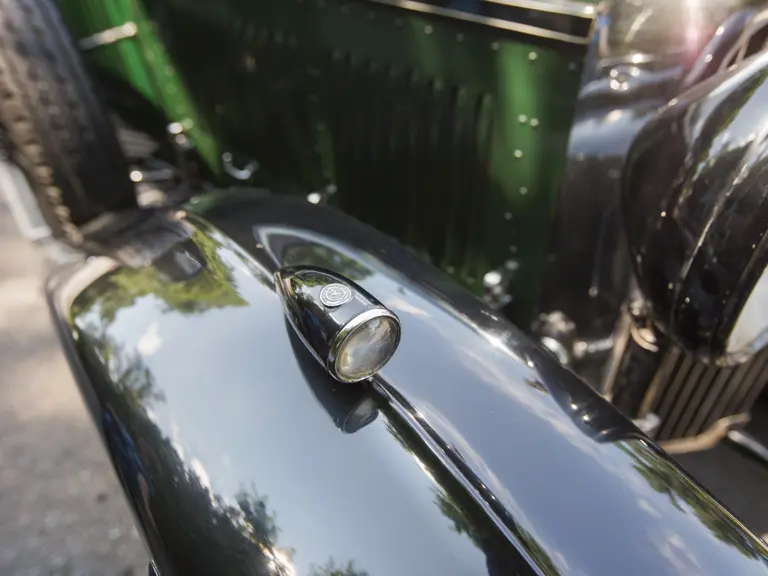
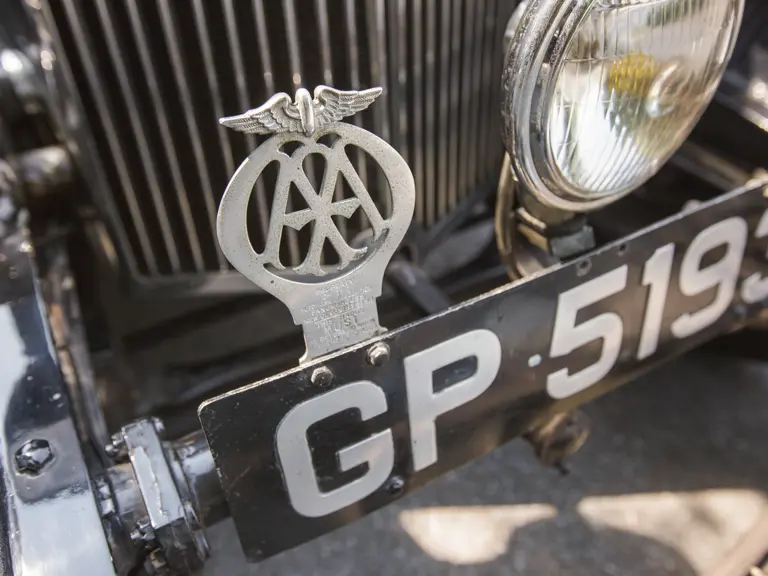
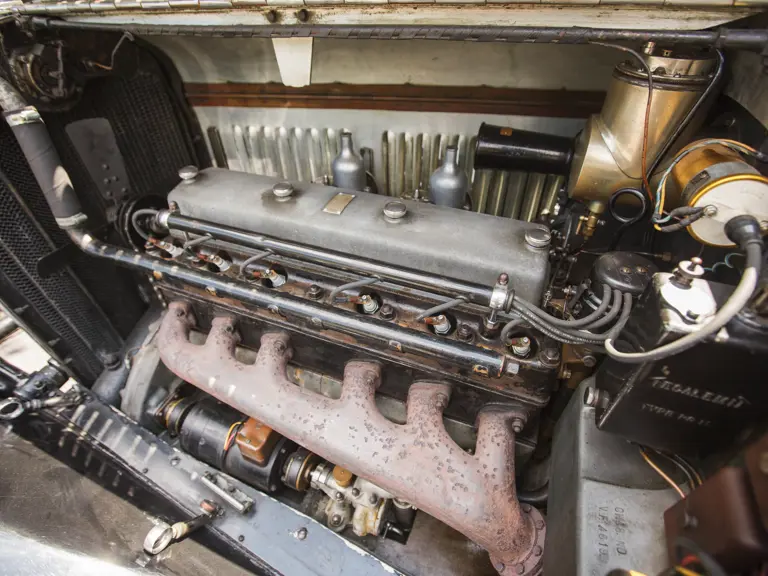

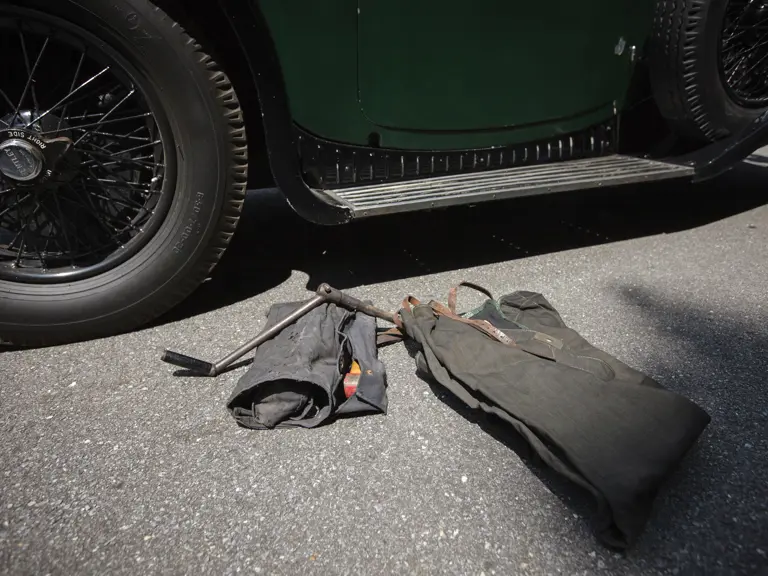
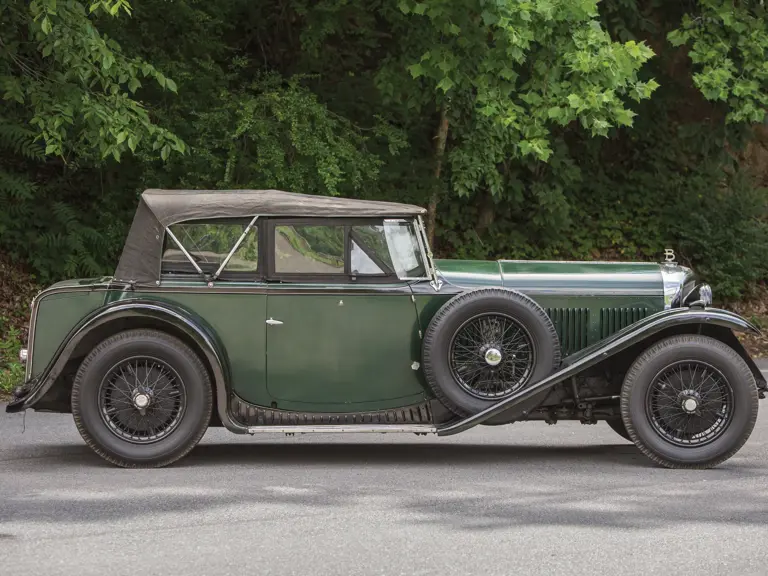
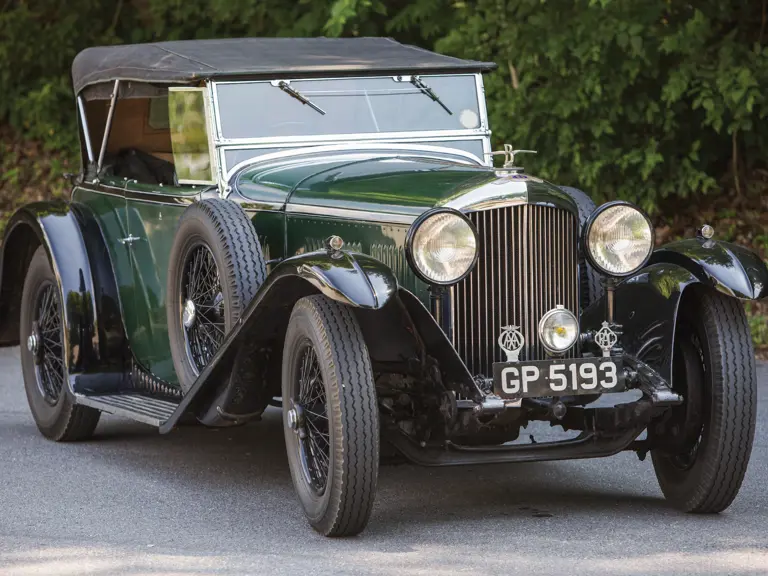
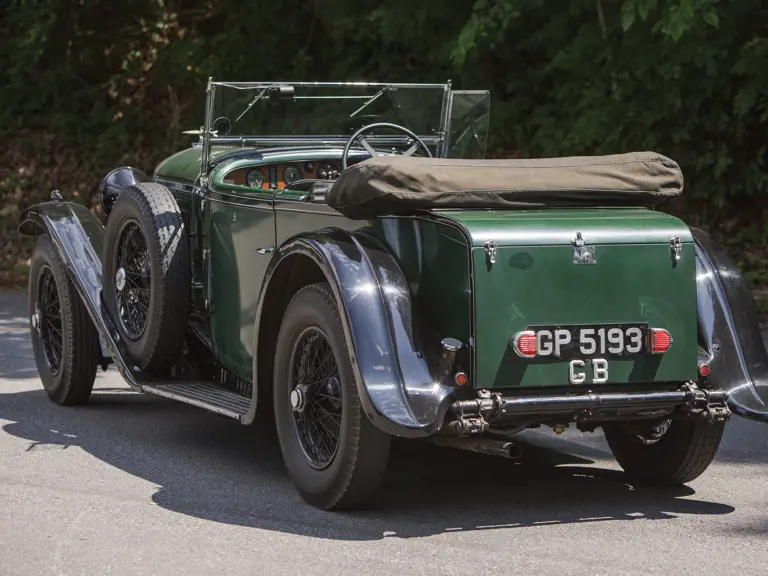

 | Monterey, California
| Monterey, California
